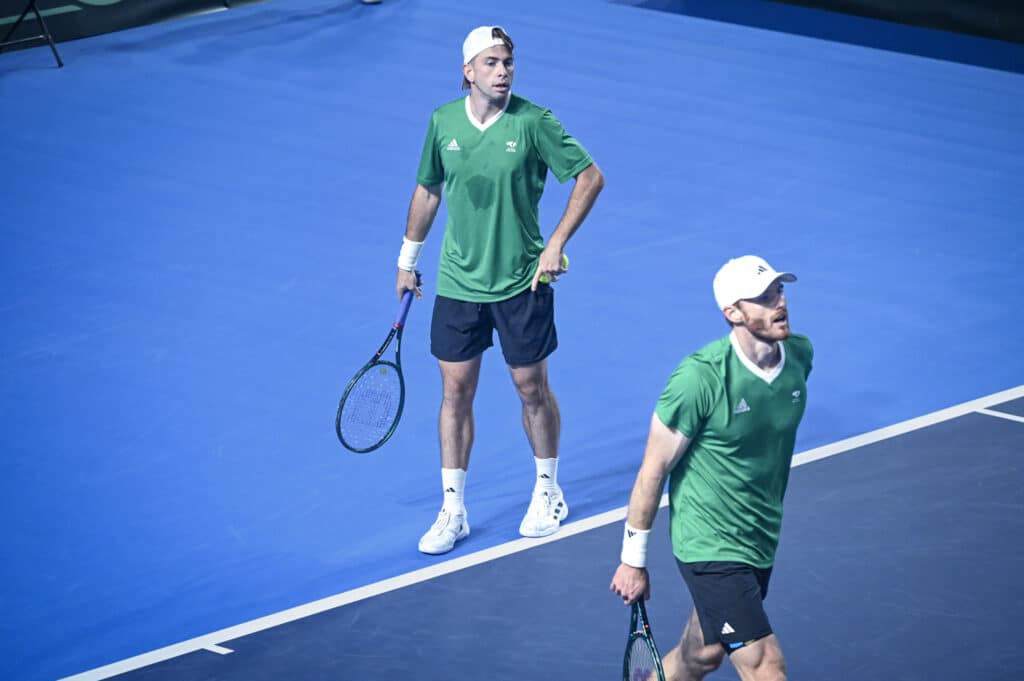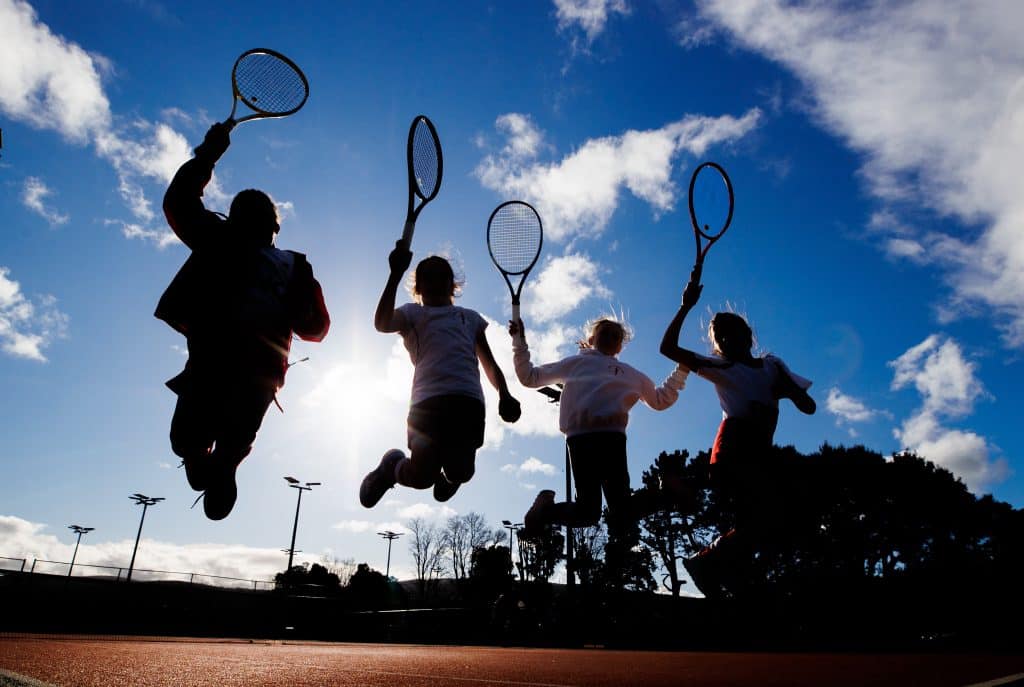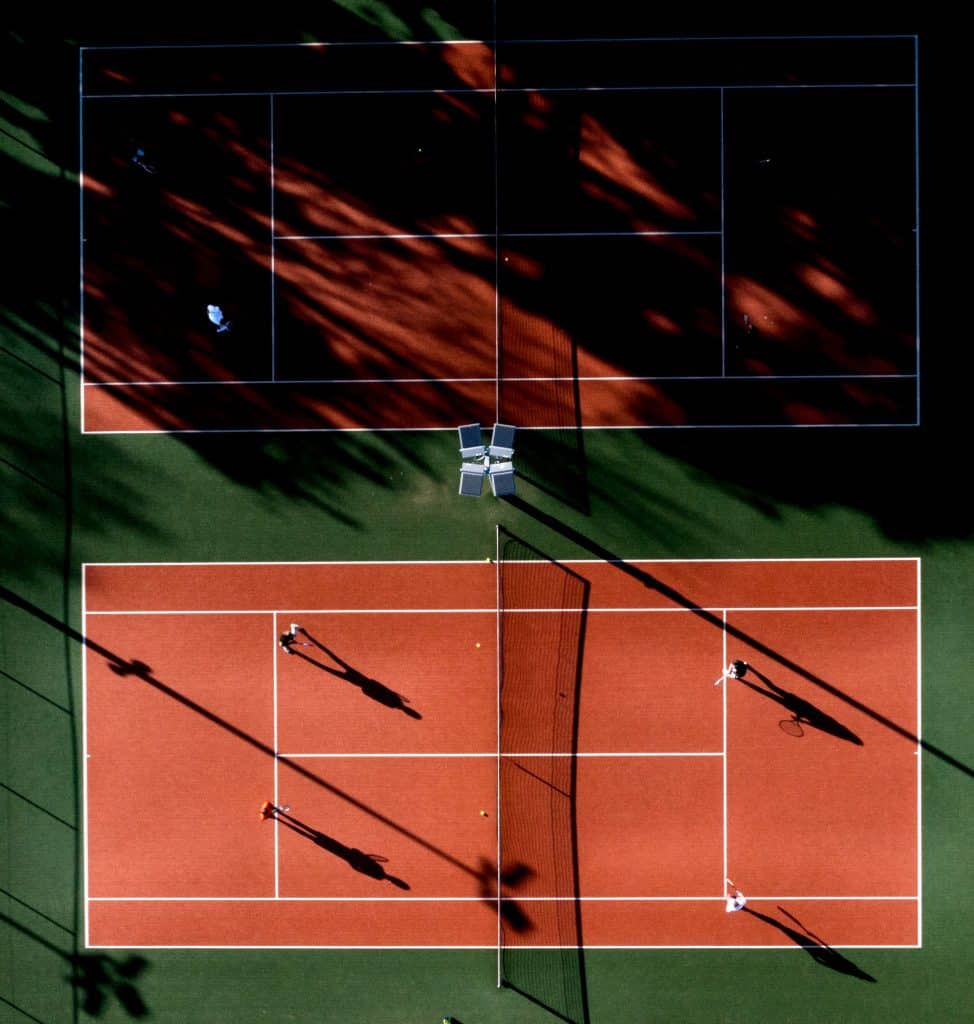In doubles, the return of serve is often considered the most important stroke. With the server’s partner ready at the net, the return must be good or it will be volleyed away.
What Does This Mean For Your Tennis?
The standard return is crosscourt back to the server. But to keep opponents guessing, it’s important to develop a full range of shot options.
1. Server serving and volleying?
- A low crosscourt return is effective. Make the ball bounce near the service line. Use topspin or a softer sliced shot to force the server to hit a difficult low volley.
- Try the `chipped return` – take the ball early and rush the net yourself. Make the server `volley up`, and you or your partner will be in position to hit a winning volley.
- If in doubt about where to hit to, go down the middle. It gives you a high margin for error, and can cause confusion among the opposition about who will play it.
- Many serve-volleyers neglect to `split step` as the receiver contacts the ball. A crosscourt lob can be a winner here. The server’s forward momentum prevents him from changing direction quickly enough to retreat for the smash.
2. Server staying back? Deep crosscourt ensures she is kept pinned to the baseline, limiting her abilty to attack.
3. If the server’s partner is static at the net, he is sometimes vulnerable to a surprise down the line lob return of serve.
4. An occasional down the line drive return into the server’s partner’s tramlines can be very effective. It discourages her from thinking she can move towards the centre of the court and poach on your crosscourt return.
This is the latest article in our Tennis Unlocked series by one of Ireland’s most experienced coaches, Peter Farrell. The series will build into a library of knowledge, specifically designed for club-level players, that can help make your match play more effective.




